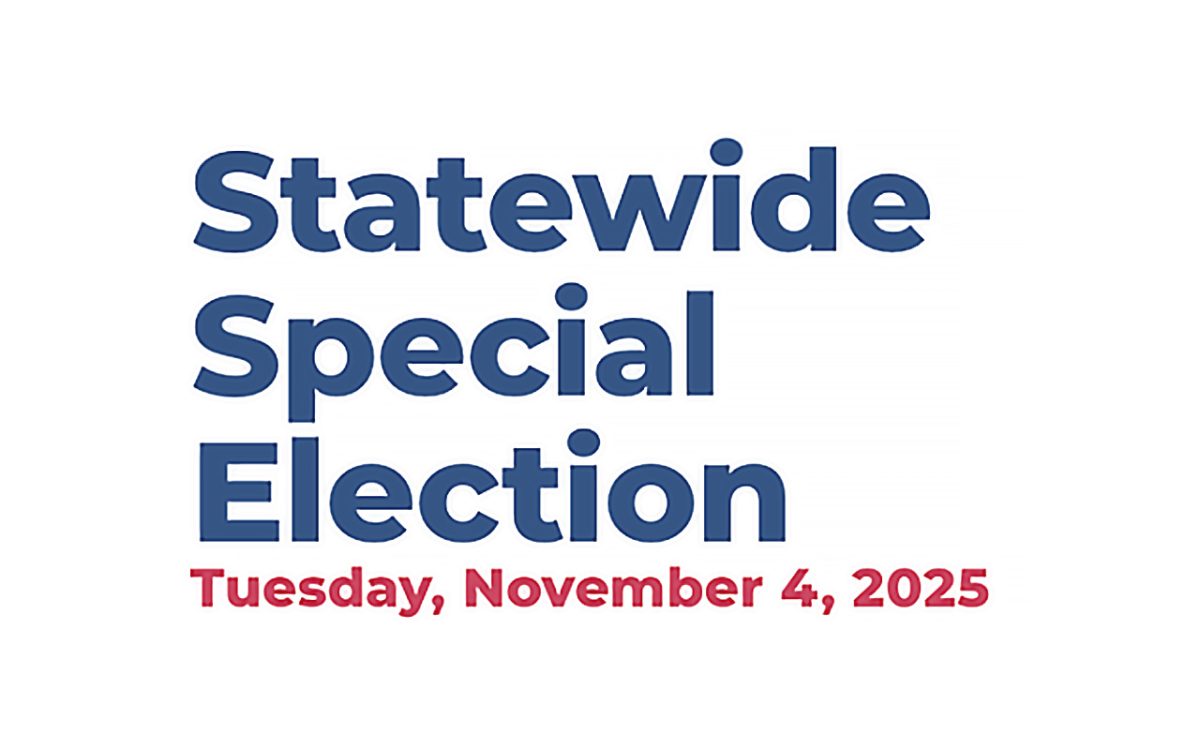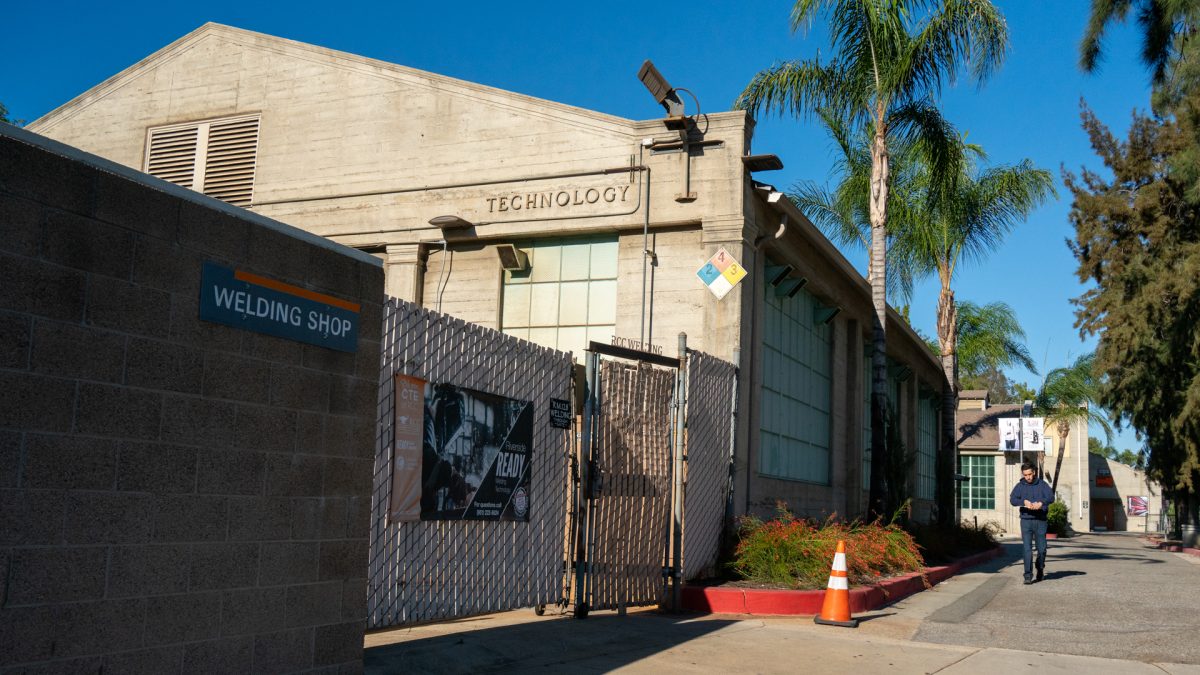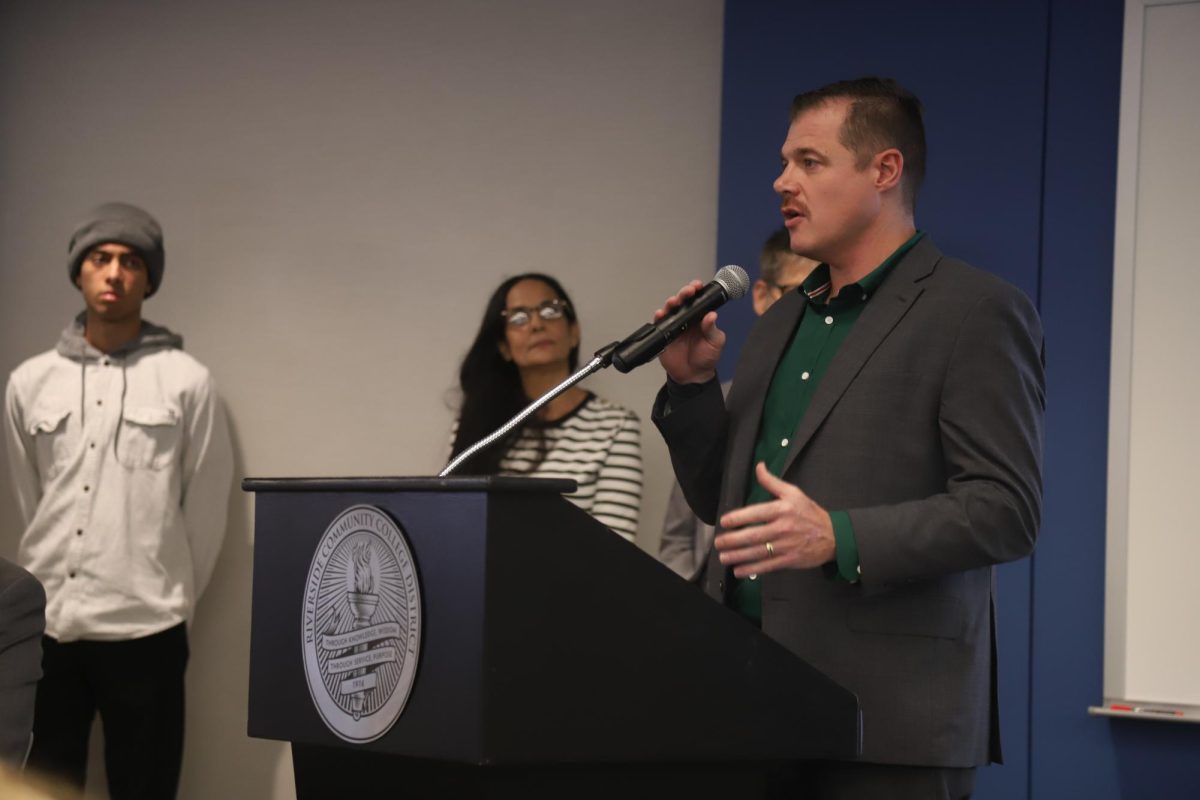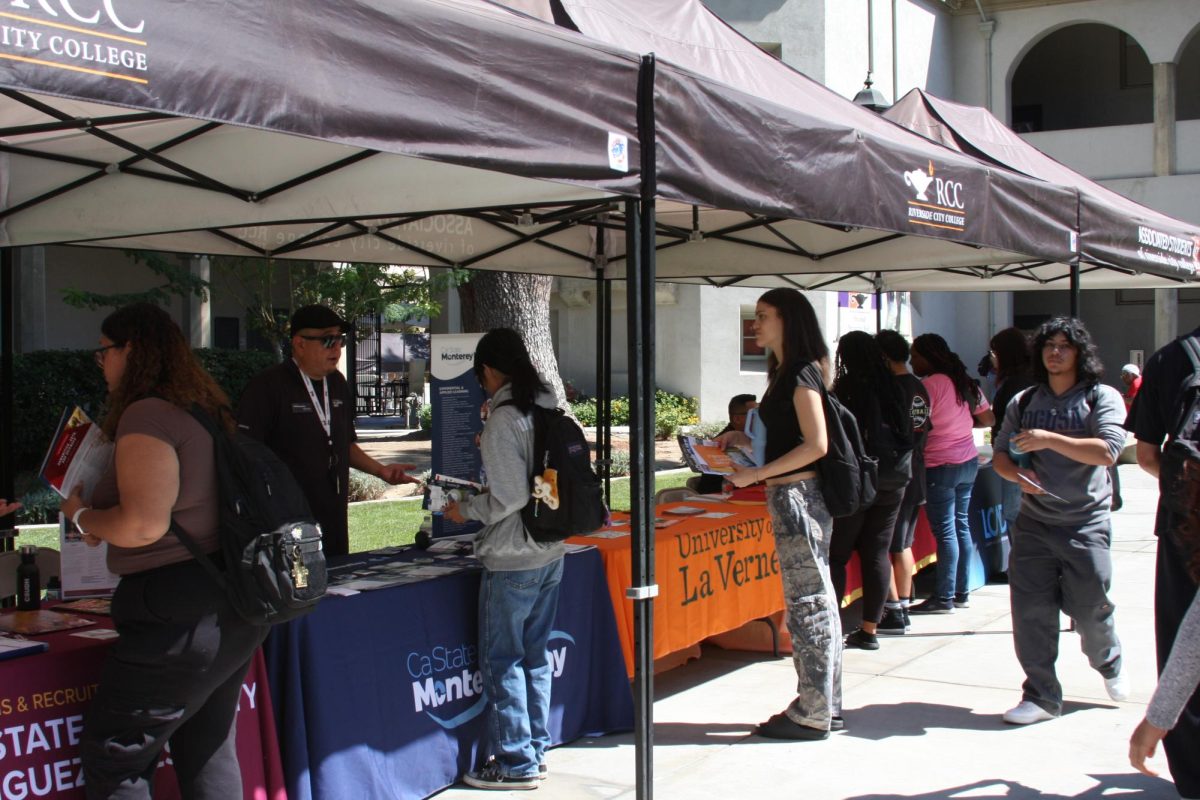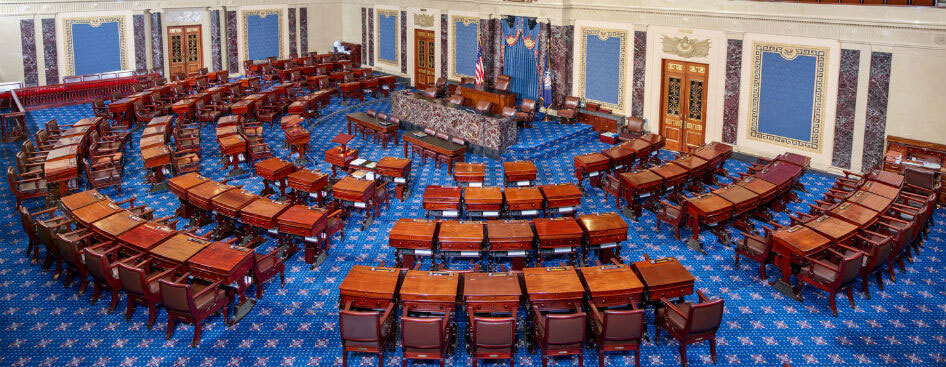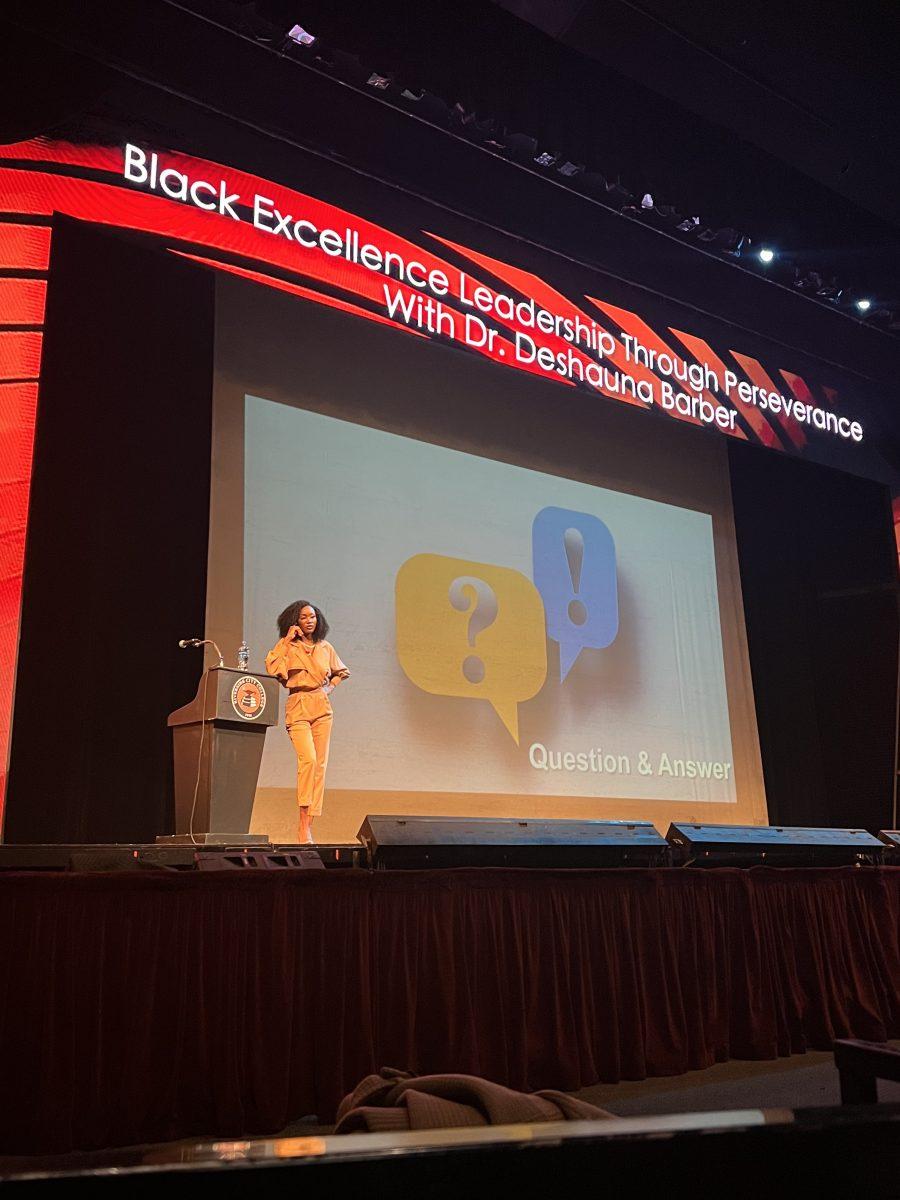By Erik Galicia
Tomorrow California voters will decide whether or not to make way for $15 billion in bonds for projects at public schools.
Not to be confused with the state’s 1978 Proposition 13 that capped property tax rate increases at 1%, this year’s Proposition 13, also known as the School and College Facilities Bond, aims to fund upgrades and new facilities for public schools.
“It is the intent of the legislature to address the crisis of school facilities for all California students attending public preschool, K-12, community colleges and universities,” reads the text of the proposed law.
The general provisions listed the text include:
- Earthquake and other emergency upgrades
- Emergency funding to reopen schools after fires and other disasters
- Removal of hazardous materials, such as mold and asbestos and lead from drinking water
- Repairs or replacement of outdated buildings
- Increasing student access to healthcare and mental health services
- Modernization of Career and Technical Education facilities, including for returning veterans
The proposal requires audits and public hearings to be held in order to ensure accountability for taxpayer money. It also caps administrative costs at 5%.
The California Legislative Analyst’s Office estimates that the bond would accrue $11 billion in interest and cost a total of $26 billion over a period of 35 years. According to the office’s website, the yearly $740 million needed to repay the bond over 35 years is just 0.005% of California’s General Fund budget.
Opponents of Proposition 13, such as the Howard Jarvis Taxpayers Association, argue that this new debt will have priority on the General Budget.
“Meaning that this bond debt interest needs to be funded first before any other programs, including Medi-Cal and law enforcement can be supported,” reads the association’s No On 13 fact sheet.
The association also argues that the proposition will increase school districts’ 1.25% debt cap to 2% and will inevitably result in higher property taxes.
Supporters of the proposition, such as Gov. Gavin Newsom and various teachers’ organizations, argue that all public school students in California deserve quality facilities.
UC Berkeley’s Center for Cities and Schools reports that 2.2 million California students attend substandard and outdated public schools. UC Berkeley also reports that over half of California’s K-12 school districts “fail to meet minimum industry standards for annual spending on maintenance and operations.”
According to the Californians for Safe Schools and Healthy Learning website, substandard facilities are most often found in low-income and minority districts and contribute to the achievement gap.
“This measure includes key reforms that ensure school facilities spending is more equitable so funding is invested in districts that need it most,” the website states.


